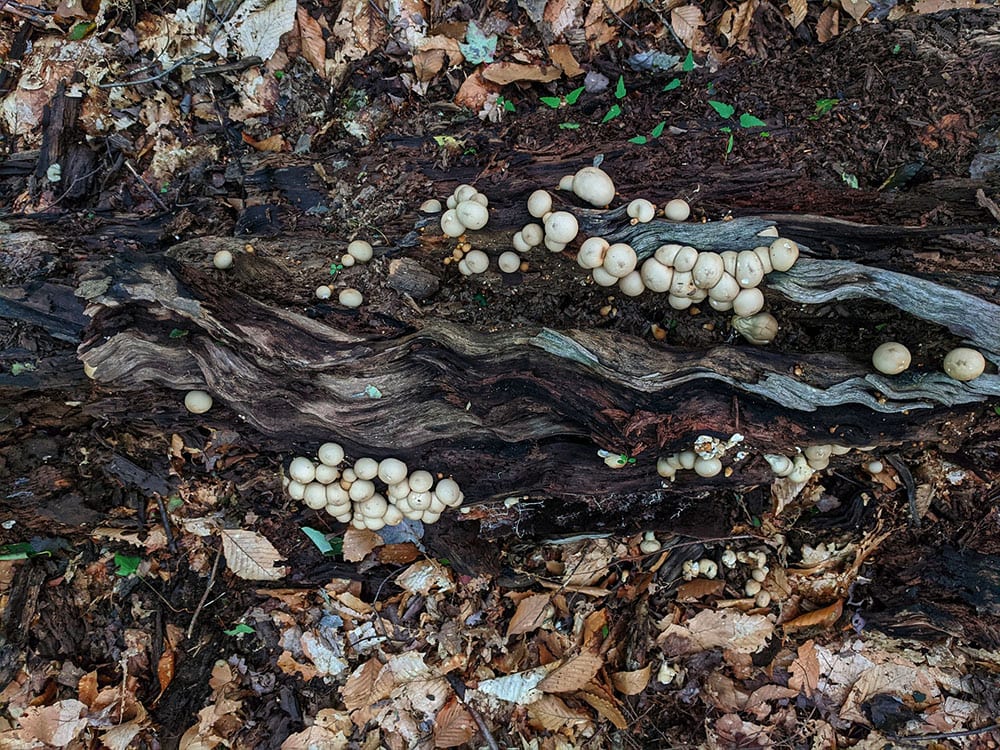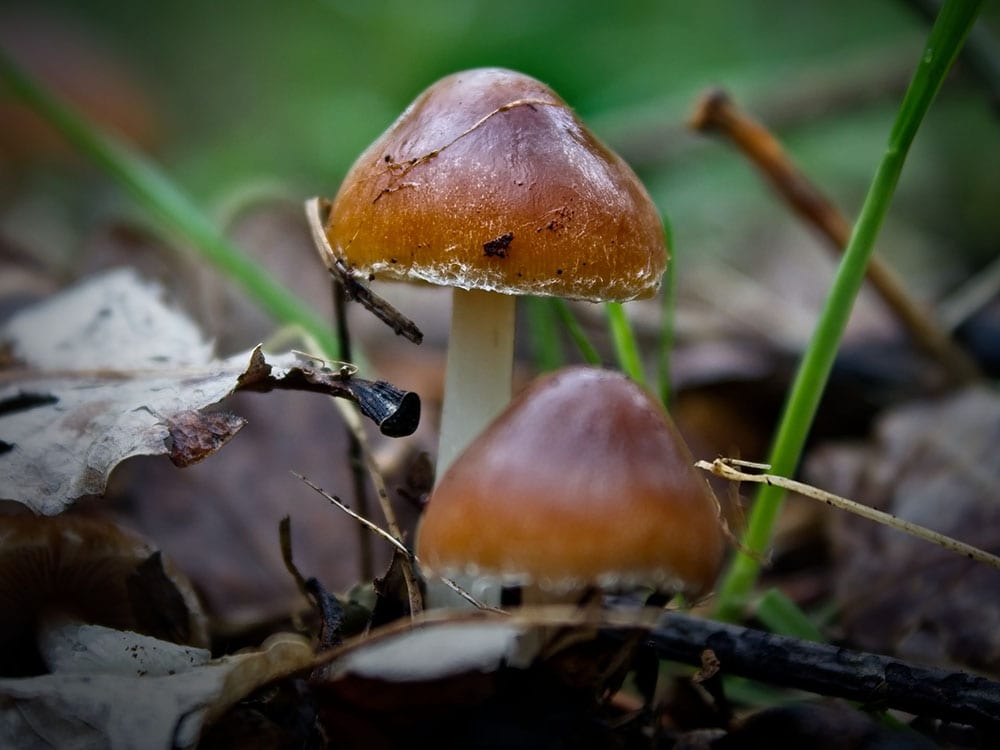What Is Mushroom Compost? What You Need To Know
-
Pete Ortiz
- Last updated:

Composting is a way of creating decayed organic material that can later be served as plant fertilizer. You can make compost from different organic materials, including eggshells, banana peels or other fruit, newspaper, grass clippings, ash, hair and fur, nutshells, and more. While there are different methods of creating compost, there are also other types of compost.
One of the more famous types of compost is mushroom compost, and while that may sound like it is made from mushrooms, that is not the case. Mushroom compost is a nutrient-rich substrate primarily used for commercial mushroom composting and growing. While its primary purpose is growing mushrooms, you can recycle it into regular compost for gardens and other plants.
Types of Compost
Depending on how you are planning to use the compost, there are a couple of compost types:
- Vermicomposting
- Vegan compost
- Organic compost
- Mushroom compost
- Manure
- Compost from dried leaves and trimmings
While all of these composting methods are interesting, in this article, we will dwell on a particular compost used for commercial mushroom growth, called mushroom composting.

What Is Mushroom Compost?
This type of compost is a nutrient-rich plant fertilizer made from organic materials.
While Mushroom Compost is made to enrich the soil for mushroom growth, that doesn’t necessarily mean you can’t use it for other plants. Mushroom compost takes about 3–4 weeks to process and has to be monitored and used carefully and with caution. Usually, after this process is complete, mushroom compost will be recycled and reused as a regular soil fertilizer.
How To Make Mushroom Compost
These specially mixed materials can vary, but the most common recipe is made from mushroom growers such as:
- Straw (Rye or Wheat)
- Chicken, cow, or horse manure
- Cottonseed
- Grape crushings
- Peat moss
- Gypsum
- Ammonium nitrate
There are a couple of ways to make mushroom compost on your own. We will share a brief DIY guide on how to make mushroom compost simply and effortlessly:
- Begin with regular hot composting for the first few weeks. During this stage, your composting pile has to exceed 160 °F for a few days in a row for any harmful bacteria to die off in the compost.
- Regular turning and tumbling of the compost pile are necessary to provide good aeration. When turning the compost pile, you allow all the surface layers to reach the center, where the heat is building up.
- Spray the pile with a hose to provide enough moisture to continue its natural processes.
- Once you have finished with hot composting after a couple of weeks, create a second pile, and allow the first one to cure. The second pile should break down the material without the hot-composting process.
- For this compost to be used as mushroom compost, it is best to have it pasteurized or sterilized. This is required for all bacteria, pests, pathogens, and weeds to die off. After this stage is done, let your compost sit for a while before using it safely for fertilizing.

How To Use Mushroom Compost
If the compost you acquire is pure mushroom compost, it must be mixed with regular soil first. It is best for the ratio of this mix to be one part mushroom compost and two-parts regular soil. Making this mix will ensure that the salt levels in the mushroom compost are diluted, and the nutrients are spread evenly across the soil and released slowly.
Mushroom compost can even be used for growing houseplants and is best applied to tropical houseplants. Avoid using it on plants that thrive in dryer soil, like cactuses and succulents. They will enjoy this type of compost because they have a higher need for moist soil.
Disadvantages of Mushroom Compost
- High levels of salt can damage seedlings and young salt-sensitive plants
- Can cause rotting of the soil and fungal growth
- Sterilization of the mushroom compost kills all beneficial microorganisms
Benefits of Mushroom Compost
There are vast benefits to using this type of compost. Other than being used for mushroom growth, this compost can work well for most vegetables, herbs, plants, trees, and shrubs. It provides these plants with all the necessary nutrients for healthy growth, helps the soil retain more water, and conserves moisture. It can improve the quality of the soil while neutralizing its pH levels. This fertilizer is eco-friendly because it has multiple purposes—after using this compost as fertilizer for promoting healthy mushroom growth, you can again reuse it for all other garden plants.

Which Plants Do Not Thrive With Mushroom Compost?
Many plants cannot thrive with a fertilizer with high soluble salt levels. These are plants such as blueberries, rhododendrons, and azaleas. This type of compost is also great for retaining water and keeping the soil moist constantly, so there may be some plants that won’t enjoy that, such as succulents, cactuses, lavender, and other types of plants that are drought-resistant.
Related Read: What Not to Compost? 20 Things to Avoid (With Pictures)
Why Is An Ideal pH Level So Crucial for Mushroom Composting?
It is essential to monitor your composting pile and ensure it has an ideal pH value. These levels should be in the range of acidic and closer to neutral, but these levels can vary depending on the stages of the composting. Keeping the levels neutral or below is very important because that is when the microorganisms in compost are most efficient.
Final Thoughts
Mushroom compost is a great way to add organic and nutrient-rich fertilization to your plants. By using this compost, you will ensure your plants get all the necessary nutrients required for them to thrive and grow healthy and strong. Other than the fact that this compost has high salt levels, which may harm some plants, it also has many advantages and a lot of beneficial factors for your plants.
After using this compost as mushroom fertilizer, it can be reused and recycled in the rest of your garden, which makes it very eco-friendly and affordable.
Featured Image Credit: Sander Weeteling, Unsplash
Contents


